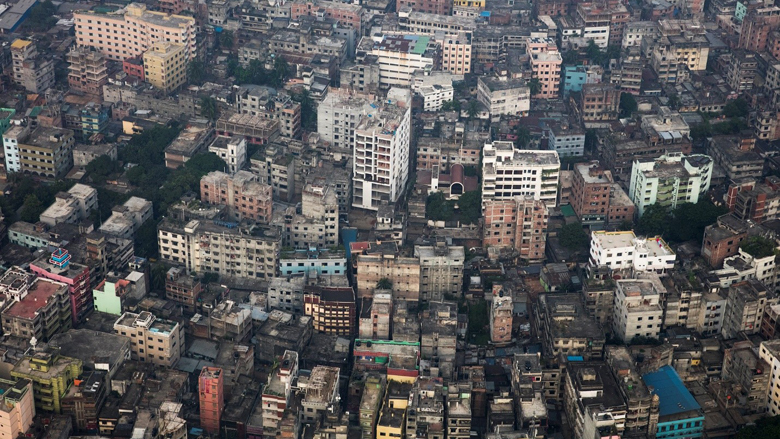
In 1950 the world’s “less developed regions,” containing 1.72 billion people (68% of the world’s population), had a total fertility rate of 6 births per woman. This chapter focuses on tracing how by 2020 that population grew into 6.5 billion people (84% of the world’s population), with a total fertility rate of just 2.6 births per woman. The mid-century political and economic situations of the developing world are briefly described. Using UN fertility data, the movement of the developing world through three phases of its fertility transition is traced, and the distinctive patterns of the populations of Asia, Latin America, and Africa are discussed. An analytical framework to understand the fertility transition is described, and its theoretical basis is summarized. Three major drivers of fertility decline are identified: socio-economic development, voluntary family planning programs, and coercive antinatalist policies. The paths by which these drivers affect desired family size as well as demand for and use of birth control are outlined.
John Bongaarts &
Dennis Hodgson Book Chapter
Open Access [в ссылке есть ссылка не на главу, а книжка целиком]месячные тренды — это не тренды, когда что-то меняется: для этого нужно поколение (минимум), астрономически — это 25 лет, нижняя оценка
No comments:
Post a Comment